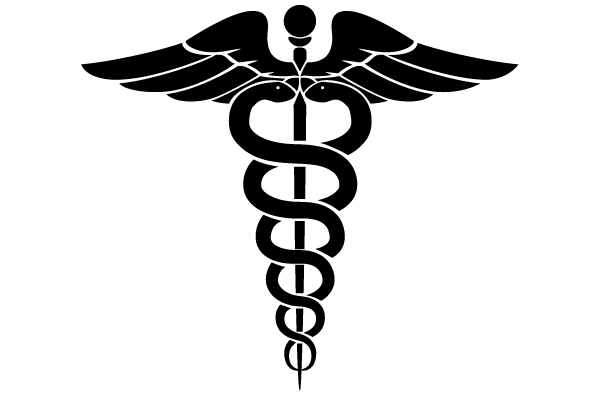History of Thyroid
The Thyroid hormone was identified in the 19th century by an anatomist Thomas Wharton. Since its discovery it has led to the discovery of a wide range of ailments that can be traced back to the thyroid gland and its defects. We know thyroid in two basic categories – Hyperthyroidism and Hypothyroidism. It is widely believed that the Graves’ disease is responsible for thyroid problems in the human body.
About Thyroid
Medical research has identified the thyroid as one of the bigger endocrine glands in the human body. Located around the neck this gland is responsible for producing hormones, like the thyroxine and triiodothyronine. These hormones regulate the metabolism as well as the functioning of many other systems in the body. The thyroid gland controls the rate at which our body burns energy, forms proteins, and how sensitive the body is to other hormones.
Symptoms of Thyroid
There are plenty of symptoms that show that one has thyroid Retardation in general health, hair fall, voice cracking, fluctuations in weight (either gain or loss depending on which form of thyroid it is), etc.
The thyroid gland gets plump as we get older also the frequency of these nodules rise with aging. Thyroid nodules are predominantly seen in women rather than in men.
Diagnosis & Tests for detecting Thyroid
Detection of the mal functioning of the thyroid gland can be done quite effectively. Determining of the TSH levels is used by doctors to diagnose any existing Thyroid problem. This is done as a basic screening test. An elevated level of TSH can signify inadequate thyroid hormone production. Alternatively suppressed levels of TSH point at excessive unchecked production of hormones. In case of abnormal TSH levels, tests governing the T3 and T4 levels may be used to determine the exact level of decrease. A Scintigraphy with iodine-131 reveals parts of the thyroid which may be show abnormal behavioral symptoms.
Problems leading to Thyroid
In cases of Iodine deficiency where required, the thyroid gland may be considerably enlarged, resulting in a swollen neck of the endemic goitre.
Also nodules of the thyroid may lead to cancer too. For this ultrasonography is suggested, it is of course not mandatory that thyroid symptoms lead to cancerous growth, it is only in cases of benign and malignant nodules that there may be a suspicion.
Types of treatment for Thyroid
Medical treatment
Levothyroxine is a stereoisomer of thyroxine has been used on patients who are detected with hypothyroidism; this slows down the effect of the hormone secration on the body and is administered once daily. Treatment for thyroid is also done with the help of drugs such as Thioamide drugs Propylthiouracil, Methimazole and Carbimazole. Hyperthyroidism and thyroid tumors are also treated with radioactive iodine.
Thyroid Surgery
Thyroid surgery is also performed in order to remove a nodule or lobe of the thyroid leading to autonomous functioning adenoma that might be causing hyperthyroidism. A Thyroid surgery is done to remove, a subtotal thyroidectomy or to treat the hyperthyroidism of Graves’ disease, or even to remove a goiter.
Alternative treatments for Thyroid
World wide plenty of claims have been made regarding the treatment of Thyroid plenty of which are in the form of alternative treatments. These alternative treatments, while being effective for some, come in different types and categories that may be classified under holistic treatments. Ayurveda, Homeopathy, practice of Yoga have widely claimed results as far as the treatment of Thyroid is noted. Moreover contemporary medical approaches to the treatment and diagnosis of thyroid problems have become much more exhaustive then they were before.
Some effective Yoga postures for Thyroid problems are: Narishodhan Pranayam, Sarvangasan, Suryabhedi Pranayam, Shitali Pranayam, Ujjayi Pranayam, Bhastrika pranayam, Sitkari pranayam and Bhramari pranayam.
Symptoms of Thyroid, Thyroid



